A new obligation lays on the horizon for employers, in the form of payrolling Benefits in Kind. As announced earlier this year by HM Revenue & Customs (HMRC), the payrolling of benefits may become mandatory from April 2026.
We say ‘may’ as this will depend upon whether the Labour Government decide to proceed with this legislation.
Whilst it sounds relatively simple, this is yet another piece of the ‘modernising the tax system’ puzzle that will bring about significant changes for both employers and employees.
The reality is that the flexibility afforded by the P11D system will be removed, and successful compliance will rely heavily upon robust data management and efficient data flow.
For the tax year 2026/27 and beyond, benefits and the income tax due on them (with the exception of living accommodation and loans with interest charged) will no longer be reported via forms P11D and P11D(b) which, as it stands, are submitted to HMRC by 6 July following the end of the tax year to which they relate.
Instead benefits will be reported in real time via the Full Payment Submission (FPS) that is provided to HMRC on or before each payday, and will be taxed at source via Pay As You Earn (PAYE).
This could become particularly daunting if you are an employer that pays their employees weekly or, indeed, at irregular intervals.
Where the employers National Insurance (NI) contributions are concerned, these will still be reported via a P11D(b) form as there is currently no provision for collection of this by any other means.
However, it is possible that new provisions could be made, and so we await further announcements in this regard.
Do you payroll your benefits already?
Payrolling benefits is not a new-fangled concept entirely, and some employers already do so voluntarily.
Consider your position today, and you’ll likely relate to one of the following; maybe you’ve never payrolled any of your benefits, perhaps you payroll some benefits but exclude others, or it might be that you already payroll all of your benefits.
Whatever your starting point, there is plenty of time to do your homework and prepare for the changes that are coming.
Payrolling benefits: how does it work?
In a bid to very briefly explain how payrolling benefits works currently, we’ve broken it down into the following steps:
- Employer chooses which benefits to payroll and registers them with HMRC before the start of the tax year. It is worth noting that employers may no longer need to register once payrolling benefits becomes mandatory.
- Employer communicates to employees that benefits are being payrolled
- A nominal value, amounting to the cash equivalent of the benefit split equally across the total number of pay periods, is added to the employees taxable pay – for example, a benefit worth £1,000 for a monthly paid employee becomes £1,000/12 = £83.33pm added to taxable pay each month. Employers will still need to submit the information usually provided on the P11D, if they can, i.e., registration number, fuel emission etc.
- Tax on benefits is collected from gross pay via Pay As You Earn (PAYE)
Whilst the process is not without its challenges, there is an opportunity for employers to streamline the administration associated with benefits and to get ahead of the curve before April 2026 rolls around.
Prepare to payroll your benefits
If you are an employer that provides taxable benefits to your employees, you are going to have to transition to payrolling these benefits eventually, but whether you choose to do so earlier than April 2026 is up to you.
At the very least, you should have an awareness of the latest developments and how the changes are going to impact you.
Draft legislation, which will set out what is expected of employers in more detail, is expected later this year. In the meantime you might wish to consider the following:
- Can your existing payroll systems cope with the upcoming changes?
- Do you have a payroll team in place that you can trust to keep you compliant?
- How will you communicate these changes to you employees?
- Do you need to review your existing benefits package, before the transition?
Whilst it is too late to register for the 2024/25 tax year, if you wish to payroll benefits for the 2025/26 tax year you will need to register to do so by 5 April 2025.
Payrolling benefits: support from payroll professionals GH Payscheme
To talk to our dedicated team of payroll professionals about payrolling benefits in kind, how it might impact you and how you can begin to prepare, email payroll@ghpayscheme.com, or speak to your usual George Hay adviser.
With business tax specialists under the same roof, we can also help you to understand the tax implications of your existing benefits package.










